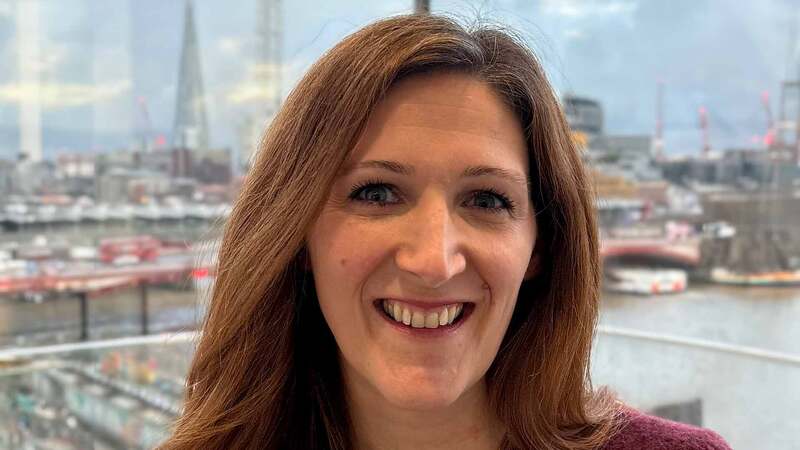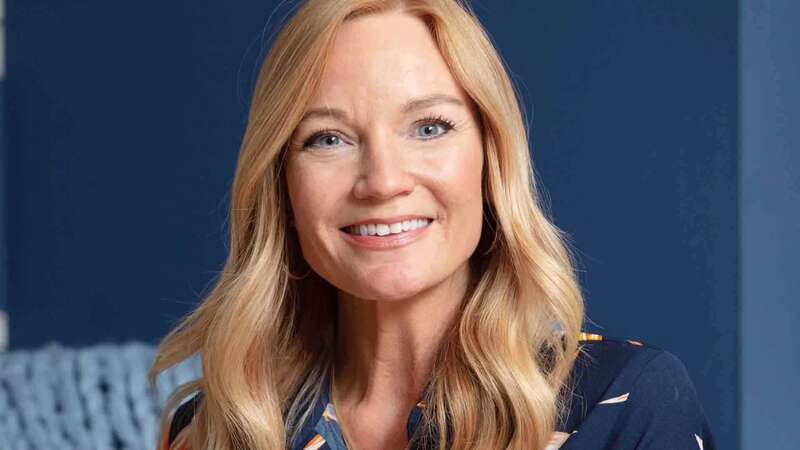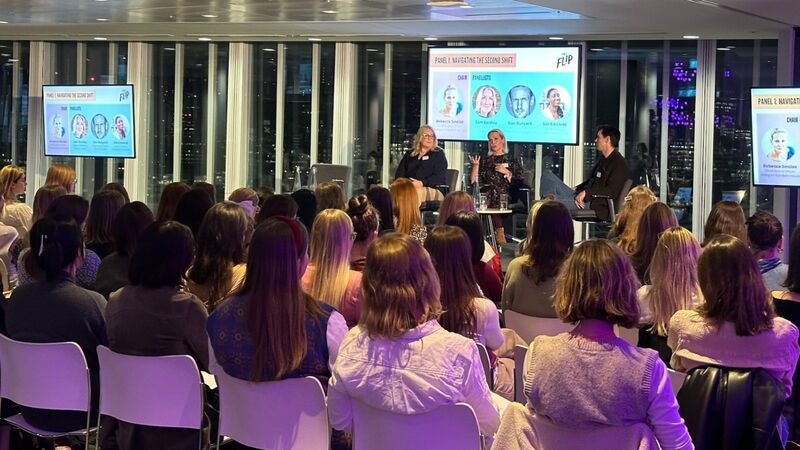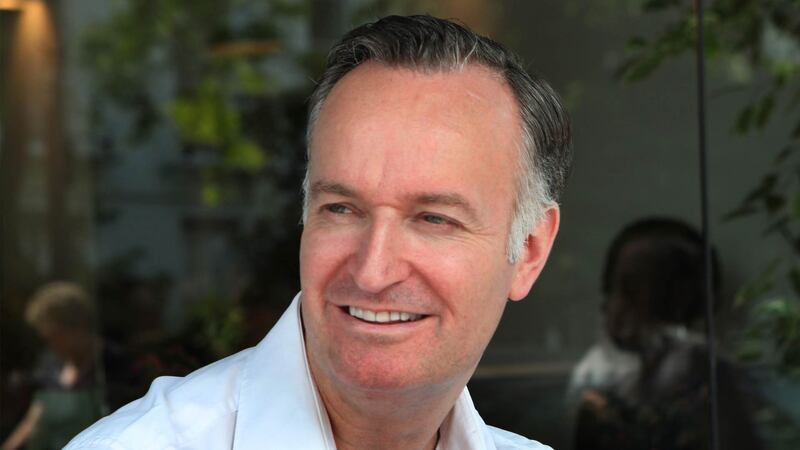You are viewing your 1 free article this month. Login to read more articles.
The PA introduces diversity targets and 10-point plan
The book industry is taking a decisive step forward on workforce diversity, with the Publishers Association setting its first concrete targets for members. The aim is to lift the percentage of black, Asian and minority ethnic (BAME) employees working across the industry to at least 15% within five years, and the percentage of women in executive-level and senior leadership roles to at least 50% over the same time period.
All member publishers are being asked to commit to a 10-point inclusivity action plan, launched today (15th September), to help the industry reach those goals. The targets have been arrived at following a research exercise with a mix of publishers, large and small, from all sectors of the industry, with a relatively robust total of 15,000 respondents. From that, the PA has drawn a picture of the current workforce which puts BAME employees at 13% and women at 49% of senior leadership roles, but only 41% of roles at executive/board level. Publishers will be asked to collect and submit data to the PA each year so the trade body can create an accurate picture of the industry’s progress.
The target figures for the first five years reflect the demographic of the UK population as a whole, rather than that of London, where much of the industry is based and the BAME population is much higher in percentage terms. Likewise, they have not been adjusted to reflect the fact that women make up more than half the workforce.
PA president Lis Tribe said: “We want to bring all our members with us. We want something everyone can commit to. If we feel we are getting to those benchmarks quicker, we will set new benchmarks. We took the UK population as a whole because we wanted the publishing industry as a whole to sign up to something meaningful to them. A company that is in the heart of the countryside may not have an ethnically diverse population to draw from. Other companies are in different parts of the country which do have a higher BAME population to draw on. We’ve drawn it together and got an average for the entire population.”
While a lift of two percentage points for BAME staffers over five years may sound conservative, Tribe points out: “You have to be realistic about how many jobs are coming up and, as a percentage overall of the thousands of people in the industry‚ how many people you would have to employ to get to 15%. It is actually a significant proportion of new entrants.”
The PA has also decided to focus on just these two areas of diversity in the first instance, rather than wider measures to boost the number of staff who are disabled, or of different social backgrounds and/or sexual orientation. However, the trade body is developing publishing apprenticeship standards, which it expects to increase diversity in terms of social background.
Commitment to inclusivity
Publishers are being asked to make a commitment to a policy on inclusivity, and to putting a champion for diversity on their board. They are asked to review their recruitment process and train for unconscious bias, with the PA offering free unconscious bias training to encourage smaller companies to participate. They are also asked to support staff from underrepresented backgrounds once they have been recruited, through mentoring. “We want people to come in, stay and succeed in their careers,” says Tribe.
With women in senior leadership, it’s not about positive discrimination, the PA president says. “A company’s not going to succeed unless it’s appointing the best possible person, but it’s about not having the barriers there that stop women succeeding at the highest level. You need the right support, the right training, and not to let them feel they are going to fail at the [highest] barrier. If you can ensure there is a level playing field, then women should get there just as much as men.” Flexible working opportunities may also be important to women’s success, she notes.
More women in the top roles will also affect the gender pay gap, highlighted in a recent salary survey conducted by BookCareers.com, which showed men earning at higher rates than women because they had been more often promoted to higher-paying roles.
Tribe says it’s crucially important to be public about making a change. “It’s easy not to put targets in place in case you fail,” she notes. “We have put some targets out there and said we, as an industry, are committed to changing the intake of our staff and we want to have a more fully diverse industry that’s reflective of society as a whole. I think that’s the most important thing.” Publishers are also being asked to think about diversity when they present themselves publicly, such as with their choice of speakers at conferences, to counteract the “white, middle-class” publishing image.
Tribe says: “The publishing industry has a really important job to do, in a society where too much is [done] at a surface level and very trite arguments go on, or are directed by Twitter. As a publishing industry we can do something that is much more considered and in-depth - whether it is non-fiction or fiction, whether it is academic research or textbooks in schools - something that society needs to make us pause and reflect. If we aren’t diverse ourselves, we are much more likely not to be diverse
in what we put out there and the audience we can reach. That’s the absolute priority. We have a social purpose and we’ll achieve that better if we are more representative of the society we’re in.”
The 10-point plan
- Develop an inclusivity policy, which is embedded throughout the organisation and which has strong leadership commitment
- Undertake an internal workforce audit and provide the PA with the data on an annual basis so that industry-wide statistics can be published
- Ensure all staff involved with hiring attend unconscious bias training
- Nominate an inclusivity champion on your board or management committee who can monitor action on equality
- Provide opportunities for flexible or agile working
- Analyse job descriptions, recruitment strategies and interview practices for hidden biases
- Develop a mentoring scheme that supports new staff or those at transitional career stages who are from traditionally underrepresented groups
- Ensure there is a balanced speaker panel for any events you are running or speaking on
- Consider hiring a publishing assistant apprentice or a Creative Access intern
- Become a publishing ambassador, as well as encouraging colleagues to give a careers talk to a local school or university.



















